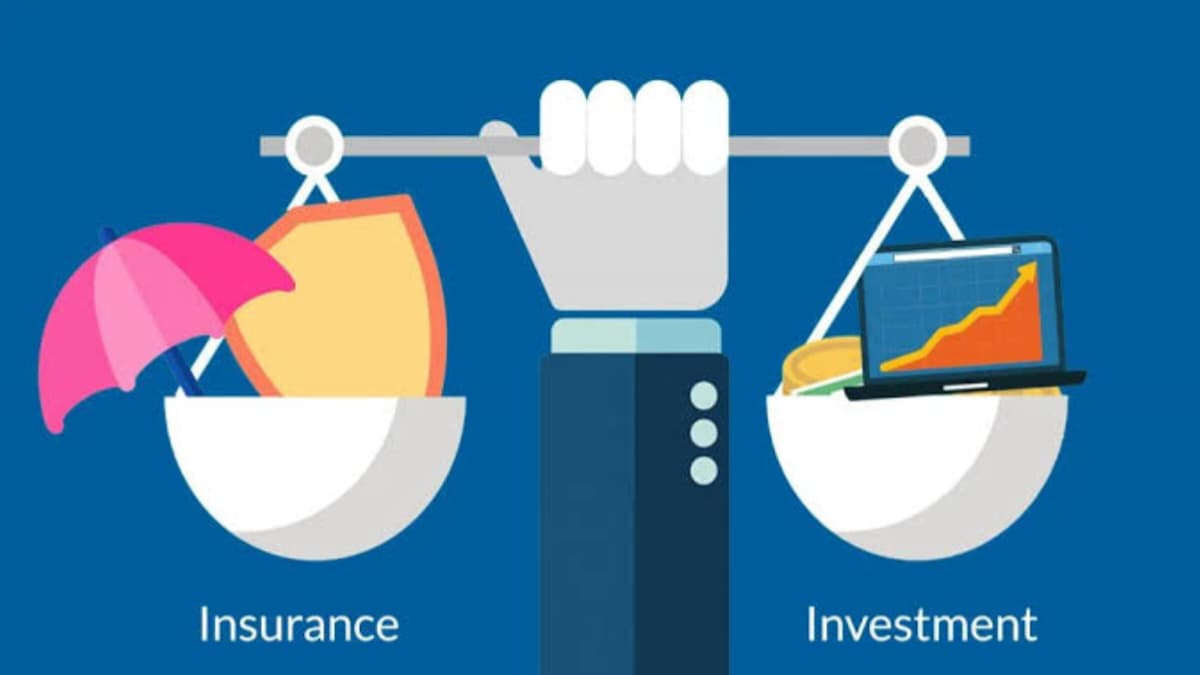What is included in a vision plan?
A vision plan typically includes
benefits and coverage for eye exams, corrective eyewear (such as glasses or
contact lenses), and sometimes even surgical procedures such as LASIK.
More specifically, a vision plan may
include the following:
- Eye exams: A vision plan usually covers the cost of
annual eye exams, which are important for maintaining healthy eyes and
detecting any issues early on. - Eyeglasses: Vision plans may provide coverage for a
portion or all of the cost of prescription eyeglasses, including frames
and lenses. - Contact lenses: Vision plans may provide coverage for a
portion or all of the cost of contact lenses, including fittings and
follow-up care. - LASIK surgery: Some vision plans may provide coverage
for LASIK surgery, which is a surgical procedure that corrects vision
problems such as nearsightedness, farsightedness, and astigmatism. - Discounts on eye care products: Some vision plans may
offer discounts on eye care products such as eye drops, vitamins, and
other eye health supplements.
It’s important to note that the
specific benefits and coverage of a vision plan can vary depending on the
provider and plan you choose.
Here are some additional details that may be included in a vision plan:
6. Frames:
Some vision plans may provide coverage for the full or partial cost of frames,
which are the part of eyeglasses that hold the lenses.
7. Lenses:
Vision plans may provide coverage for different types of lenses, including
single vision, bifocal, or progressive lenses.
8. Lens
enhancements: Some vision plans may cover the cost of lens enhancements such as
anti-reflective coating, scratch-resistant coating, or UV protection.
9. Additional
eye care services: Some vision plans may provide coverage for additional eye
care services such as diagnostic testing or treatment for eye conditions.
10. Out-of-network
benefits: Some vision plans may provide out-of-network benefits, which means
you can see any eye doctor you choose and still receive some level of coverage.
It’s important to review the details of your vision plan carefully to
understand what is covered, what is not covered, and any limits or restrictions
on the benefits provided.
Here are a few additional points to consider when reviewing a vision plan:
11. Deductibles:
Some vision plans may have a deductible, which is a specific amount you must
pay before the plan begins to cover costs.
12. Copayments:
Some vision plans may require a copayment, which is a set amount you must pay
for certain services or products.
13. Network:
Vision plans may have a specific network of eye doctors and providers that you
must use in order to receive coverage. Make sure you understand the network
requirements and whether your preferred eye doctor is included.
14. Waiting
periods: Some vision plans may have waiting periods, which means you must wait
a certain amount of time before certain benefits become available. For example,
you may need to wait six months before being eligible for coverage for new
eyeglasses.
15. Coverage
frequency: Vision plans may have limits on how often you can receive certain
services or products. For example, you may only be able to get a new pair of
glasses once every 12 months.
16. Coverage
limits: Some vision plans may have annual limits on the amount of coverage you
can receive for certain services or products. Make sure you understand the
coverage limits and whether they will be sufficient for your needs.
Overall, a vision plan can be a valuable tool for maintaining good eye
health and managing the costs of eye care. Be sure to review the details
carefully and ask questions if you need clarification on any of the benefits or
coverage.














